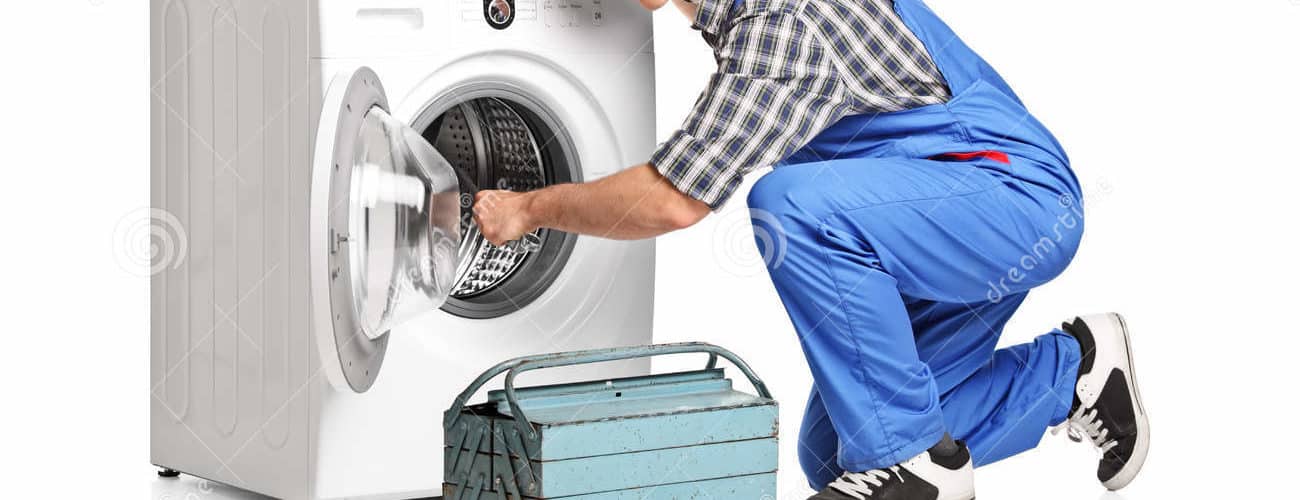A washing machine is made up of several parts, some of them moving and some of them rather complex. This sometimes makes identifying the precise problem difficult. In other words, problems with washing machines are usually harder to diagnose than to actually repair. The valves that control the water, the motor that spins the washing tub and the gearbox and pulley system that holds the various parts of the machine together are all timed with specific cycles. This is what makes diagnosing a problem so hard; the washing machine has to be virtually taken apart piece by piece and then each piece has to be tested.
The good news is, a few parts malfunction more readily than other parts, and so it is sometimes pretty easy to quickly get the bottom of what needs to be repaired. Depending on the model of washing machine, it can be pretty easy to fix. Please note that many newer washers made in the last four to five years or so, have electronic diagnostic equipment on-board. Consult the manufacturer’s manual; it may be able to reveal how to diagnose problems without even having to open the machine itself.
Basic Operating Checks
1) Make sure the washing machine is receiving power. Examine the power cord, the outlet, and the plug that connects the two. If the outlet’s current is controlled by a wall switch, make sure that the switch is set in the correct position. At the main electrical panel, usually located at the entrance to a residence, check for a blown fuse or tripped circuit breaker for the laundry room. If the machine is still receiving power but will not turn on, if the control panel has a reset button, press it.
2) See that the control knob is properly set to the ‘on’ position and that the door to the washing tub is tightly closed. Be sure that the latch is not clogged with lint or soap.
3) Check if the water faucets are both turned on and that there are no kinks in the hoses connecting them to the washer. Also make sure the drain hose is without kinks, as well.
4) Lastly, check the water temperature control switch is properly set. For hot water, the temperature should be set no lower than one hundred and twenty degrees Fahrenheit.
Washer Cleaning
Cleaning the washer regularly can prevent many problems from even arising. Always remove lint from the lint tub after washing. If soap deposits are making the laundry smell bad, fill the washing tub with water and add one pound of water softener or one gallon of white vinegar, and run the washer through its complete cycle.
Servicing
Servicing the actual washer itself involves testing a number of components, mostly switches.
1) The lid switch, which is the first switch to check, acts as a safety switch for the machine. If the switch is not working or clogged or damaged, the machine will not run. Unplug the machine before attempting to repair any of the electronic components.
2) Clean out the switch port. If the machine still does not work, remove the top of the washer cabinet. Test the switch with a multimeter set to the RX1 scale. If the multimeter shows a reading above zero, the switch needs to be replaced.
3) The remaining switches, the temperature switch, the water level control switch, and the timer itself, can all be tested using a multimeter. If the multimeter reveals faulty switches, replace them. If this does not work, the machine may need professional help in order to determine the precise problem, especially if it turns out to be a problem with the computer system.



